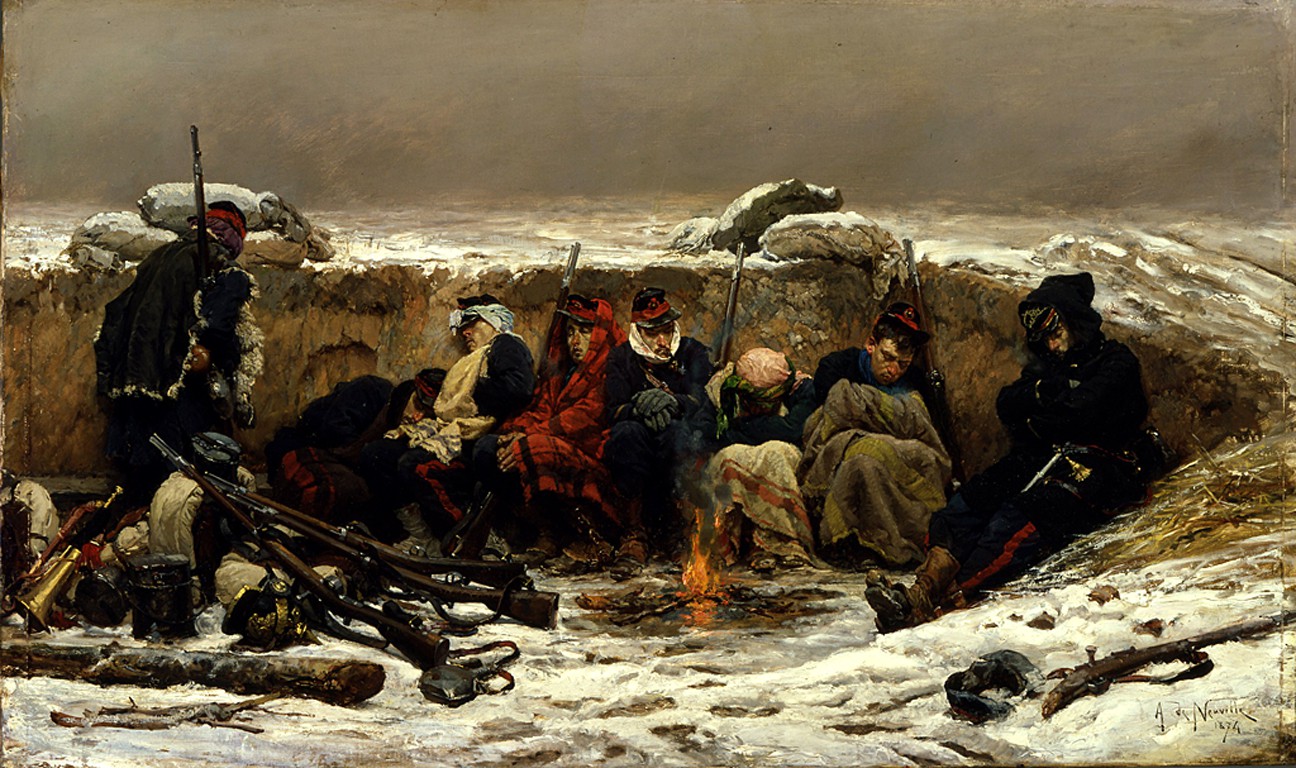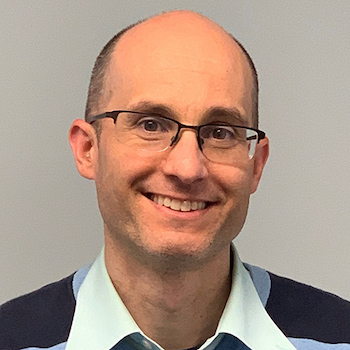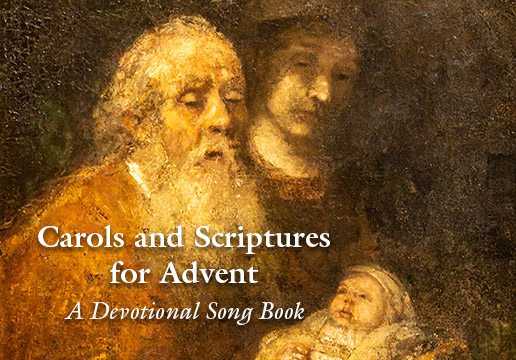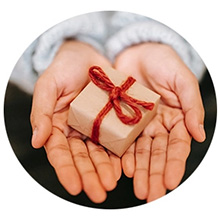
DECEMBER 15
View the Full Advent Calendar
O Holy Night
Artwork:
In the Trenches by Alphonse de Neuville, (1874) is an oil on canvas. Housed at the Walters Art Museum in Baltimore MD, Neuville depicts the weariness of trench warfare by showing a weary group of soldiers slumbering in a frozen trench while a scant fire attempts to provide warmth.
Carol Text: Placide Cappeau, 1843;
Carol Melody: Adolphe Adam, 1847
Piano accompaniment by Lezlie Taguding
![]()
O holy night the stars are brightly shining
It is the night of the dear Savior’s birth
Long lay the world in sin and error pining
Till He appeared and the soul felt its worth
A thrill of hope the weary world rejoices
For yonder breaks a new and glorious morn
Fall on your knees, O hear the angel voices
O night divine, O night when Christ was born
O night divine, O night oh night divine
![]()
Truly He taught us to love one another
His law is love and His gospel is peace
Chains shall He break, For the slave is our brother
And in His name all oppression shall cease
Sweet hymns of joy in grateful chorus raise we
Let all within us praise His holy name
Christ is the Lord O praise His name forever
His power and glory evermore proclaim
His power and glory evermore proclaim
“For this reason Christ is the mediator of a new covenant, that those who are called may receive the promised eternal inheritance—now that he has died as a ransom to set them free from the sins committed under the first covenant.”
- Hebrews 9:15
Advent Devotional
On Christmas Eve of 1871, in the midst of the Franco-Prussian war, an unarmed French soldier stood up from his tawdry trench and began to sing the lines of a popular hymn. Originally titled Midnight Christians, the hymn called Christians to bend their knees and await God’s deliverance. Across the battle line, German soldiers responded by singing a carol of their own. And so a Christmas ceasefire began, the horrors of war stilled at least for a moment, by soldiers’ attention turned to Christ and a holy night warmed by worship.
From its unlikely composition by a Jesuit-educated, leftist, French wine merchant to its use as an abolitionist anthem, Midnight Christians or O Holy Night tells the story of Christ the Redeemer. Born to rescue all humankind from the penalty and power of sin, Christ the Savior comes to a world mired in sin, brokenness and betrayal. “In sin and error pining” paints a tragic image of ongoing evil and desperate suffering, a world locked in bondage yearning for deliverance and freedom. It is in this, the darkest of nights, that hope breaks through in the birth of Christ.
Are you yearning for a Savior? Christ is the mediator of a new covenant, the guarantee that ransoms us from death and sets the captive free. His coming calls forth the “thrill of hope” and glorious rejoicing. Jesus brings the end of oppression, an “eternal inheritance”, and the tangible experience of God’s love and peace.
Prayer
On my knees
I fall before You.
In glad worship
and adoration
I proclaim:
Christ is the Lord!
You ransom, heal,
save, and deliver. Let
all that is within me
praise Your holy name.

Dave Chaves
Technology and Product Development Manager, CSLI
Dave Chaves, Technology and Product Development Manager, has worked in nonprofit, Christian communications for over 10 years, including most recently with Five Talents USA. He holds a master’s degree from Georgetown University and an MDiv from Africa International University. He’s been involved in cross-cultural missions in East Africa for over 10 years and is an Associate Missionary with the Society of Anglican Missionaries and Senders. Dave met his lovely wife Lucy in Kenya and they have four children. He is excited to be part of the CSLI team and to support communications and technology to further the ministry of discipleship.




